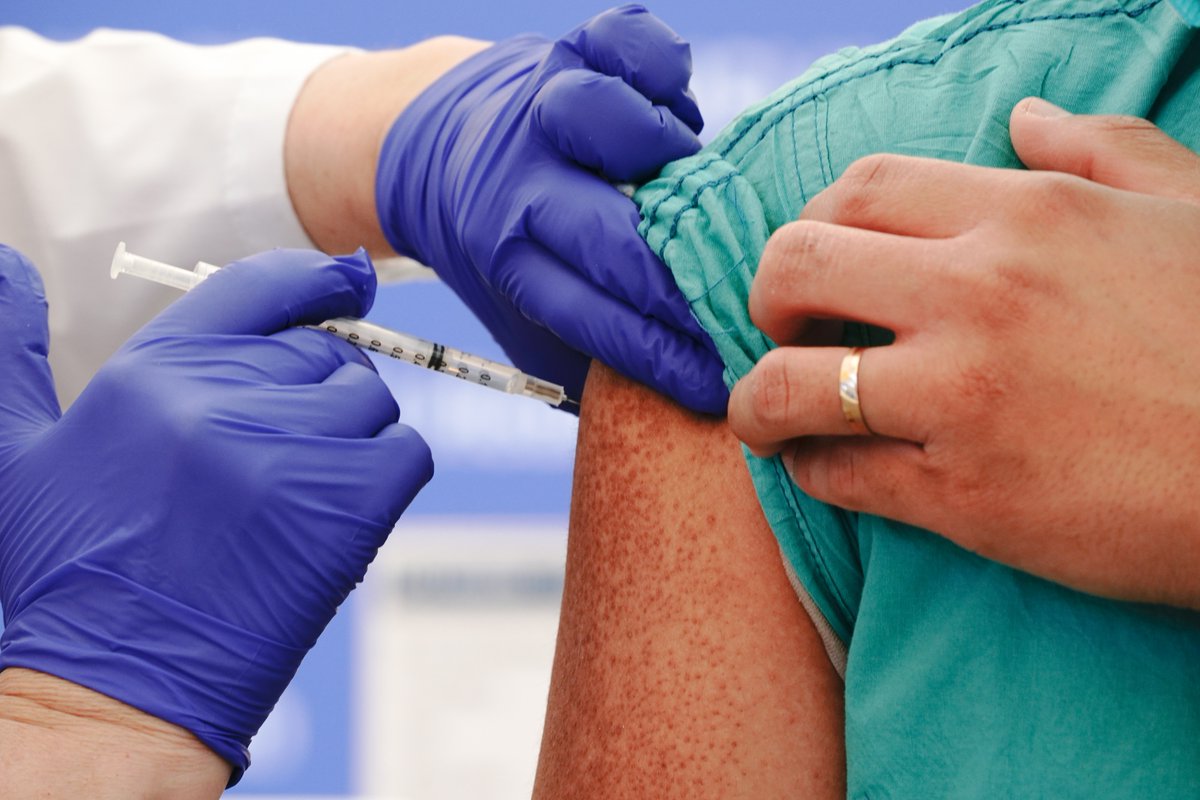
🎞A publicly available 10-second video clip sold for $6.6 million.
🏀A clip of a LeBron James slam dunk sold for $200,000
🖼A digital artwork is about to sell for millions at Christie’s
Welcome to the NFT art market
bloom.bg/3ebMR4K
🏀A clip of a LeBron James slam dunk sold for $200,000
🖼A digital artwork is about to sell for millions at Christie’s
Welcome to the NFT art market
bloom.bg/3ebMR4K
NFT stands for Non-Fungible Token, and the phenomenon is for real.
An NFT’s meaning is the registration of a digital object’s “ownership” on a blockchain. The token is “non-fungible” because it represents a unique object and is itself unique bloom.bg/3ebMR4K
An NFT’s meaning is the registration of a digital object’s “ownership” on a blockchain. The token is “non-fungible” because it represents a unique object and is itself unique bloom.bg/3ebMR4K

The multimillion-dollar hype around NFTs isn’t necessarily revolutionizing art or the concept of property.
A community whose members have amassed fortunes thanks to crypto windfalls is spending some of this wealth to advertise the blockchain tech bloom.bg/3ebMR4K
A community whose members have amassed fortunes thanks to crypto windfalls is spending some of this wealth to advertise the blockchain tech bloom.bg/3ebMR4K
🎮The biggest NFT market is in digital game-related items such as characters and other properties, which can’t be used by those who haven’t bought them.
Players can also make money by owning a virtual race track for which race participants pay “rent” bloom.bg/3ebMR4K
Players can also make money by owning a virtual race track for which race participants pay “rent” bloom.bg/3ebMR4K
But when it comes to a digital collage or a memorable sports moment, the sale and purchase of an NFT involving it don’t prevent the object from being viewed or shared by non-owners.
Think of it as a geeky implementation of bragging rights bloom.bg/3ebMR4K
Think of it as a geeky implementation of bragging rights bloom.bg/3ebMR4K
Some might see it as a new concept of property, which communist dreamers of centuries past would have found to their liking:
It’s communal in all practical applications even as it feeds the creator and honors the supporter bloom.bg/3ebMR4K
It’s communal in all practical applications even as it feeds the creator and honors the supporter bloom.bg/3ebMR4K

But, the cryptocurrency and blockchain community is hardly communist or even altruistic in nature — it’s built around making money.
Its well-being depends on driving the adoption of blockchain applications, and that requires constant hype bloom.bg/3ebMR4K
Its well-being depends on driving the adoption of blockchain applications, and that requires constant hype bloom.bg/3ebMR4K
The art market is uniquely suited to providing that hype: Big sales generate lots of coverage, especially if journalists and readers are wondering:
"Why would anyone pay so much money for that?!" bloom.bg/3ebMR4K
"Why would anyone pay so much money for that?!" bloom.bg/3ebMR4K

So far, the cumulative volume of crypto art sales is estimated at $193 million.
That money has bought NFT invaluable publicity bloom.bg/3ebMR4K
That money has bought NFT invaluable publicity bloom.bg/3ebMR4K
The NFT concept could be applied to everything, and in some cases, do a lot of good:
💵Financial instruments
🌳Land
🎫Event tickets, to prevent scalpers
🐘Digital wildlife, to fund conservation efforts bloom.bg/3ebMR4K
💵Financial instruments
🌳Land
🎫Event tickets, to prevent scalpers
🐘Digital wildlife, to fund conservation efforts bloom.bg/3ebMR4K

There are powerful reasons why blockchain tech hasn’t captured the world yet despite its obvious allure. It has issues with:
✖️Scalability
🔐Security
⏩Transaction speed
💸Cost bloom.bg/3ebMR4K
✖️Scalability
🔐Security
⏩Transaction speed
💸Cost bloom.bg/3ebMR4K

But the interest of traditional brands and institutions — Christie’s, the NBA — in the New New Thing is a stroke of luck.
One can only hope that this eventually leads to tangible benefits for a lot of people — be they concert-goers or conservationists bloom.bg/3ebMR4K
One can only hope that this eventually leads to tangible benefits for a lot of people — be they concert-goers or conservationists bloom.bg/3ebMR4K

• • •
Missing some Tweet in this thread? You can try to
force a refresh












